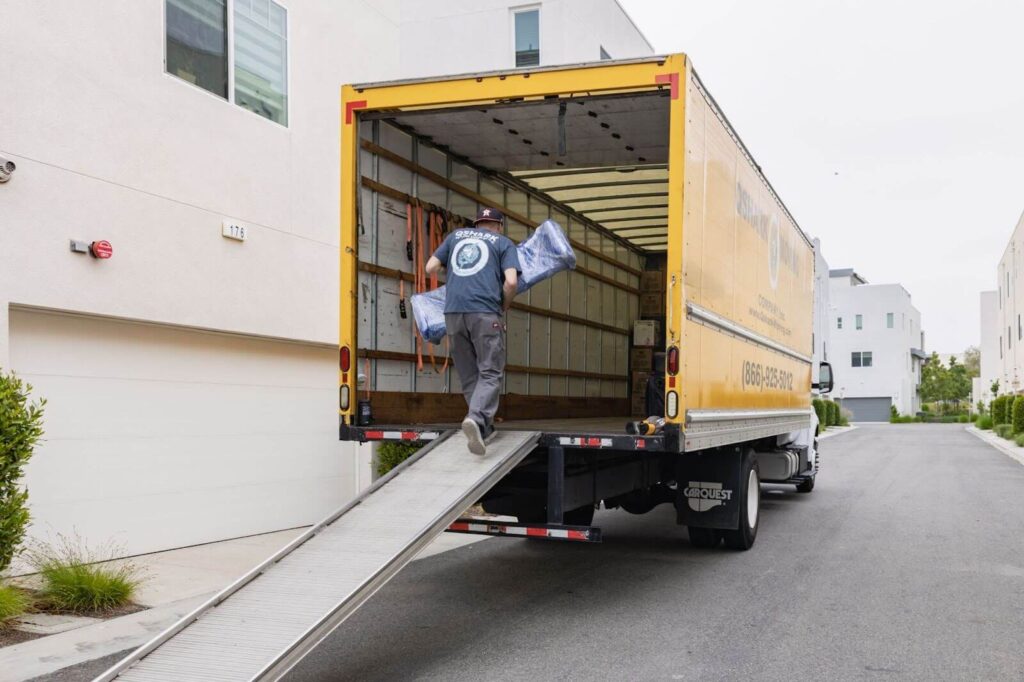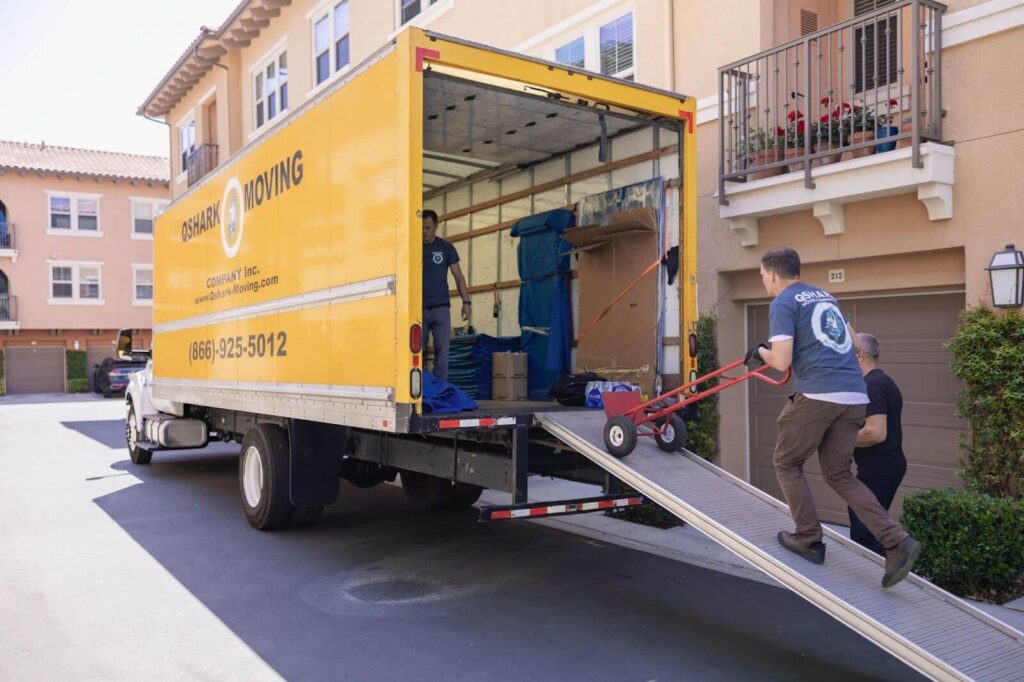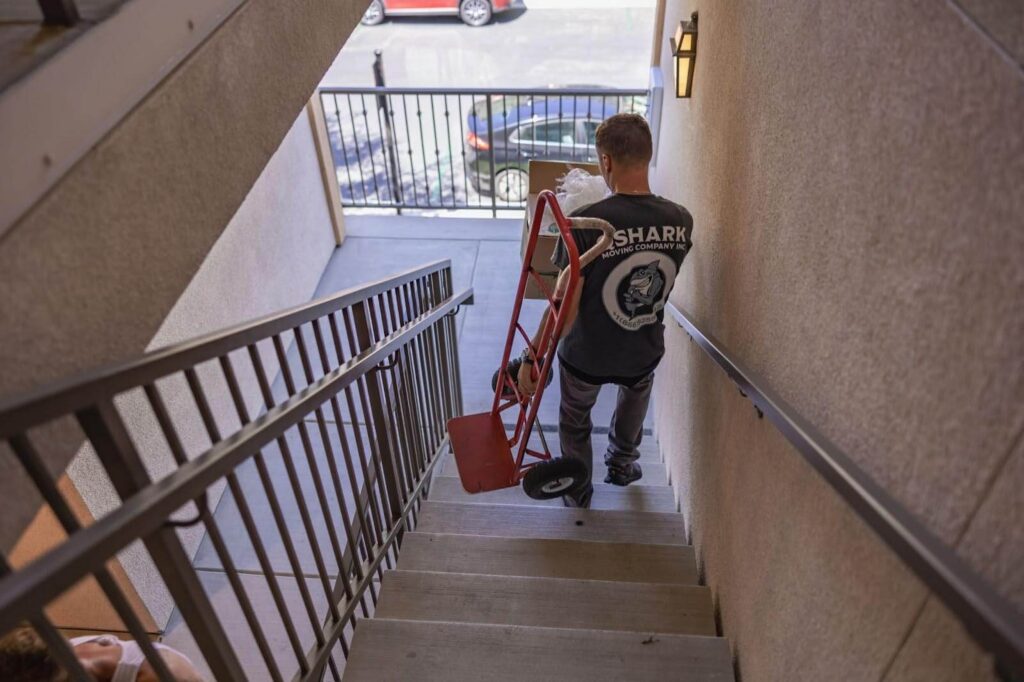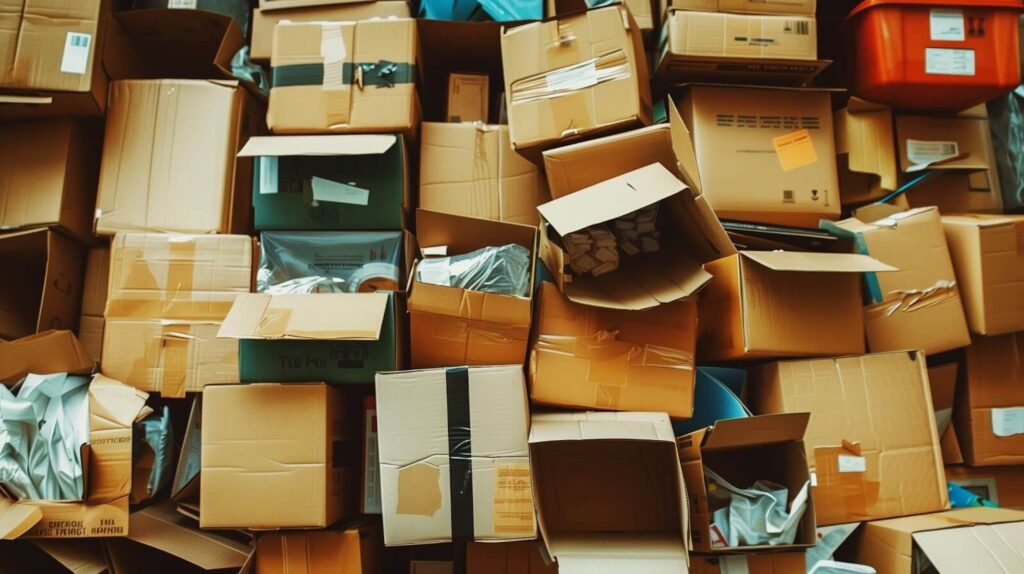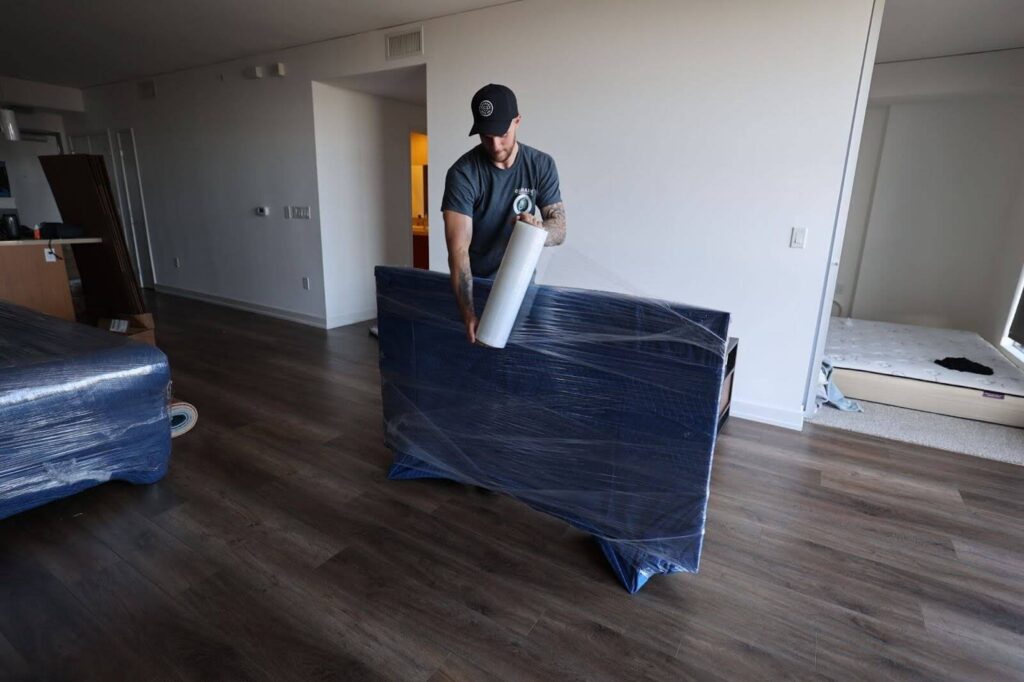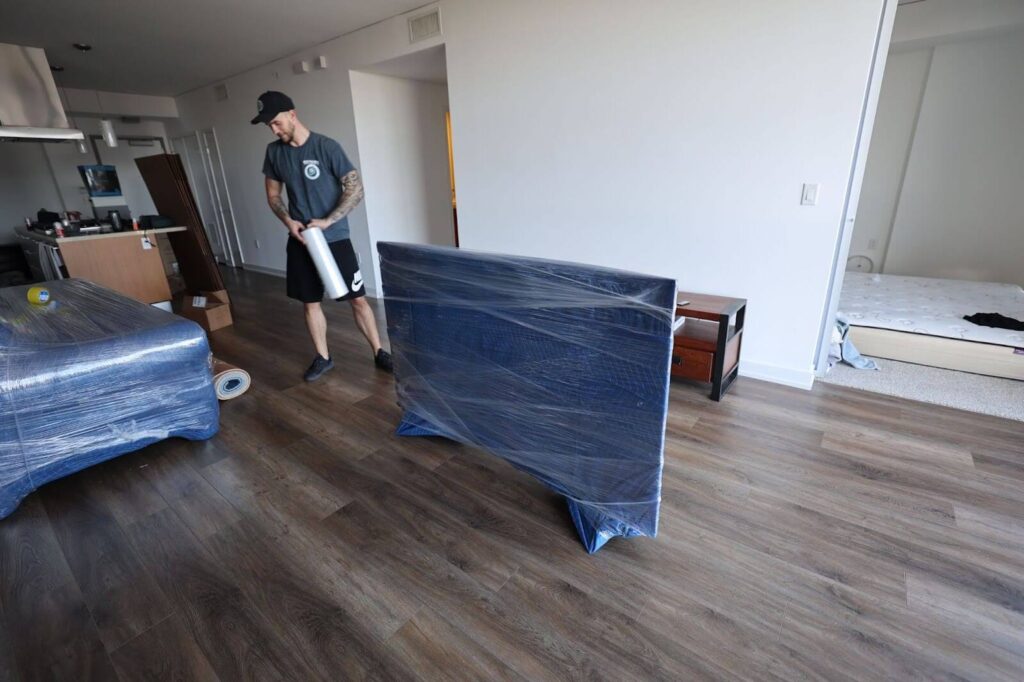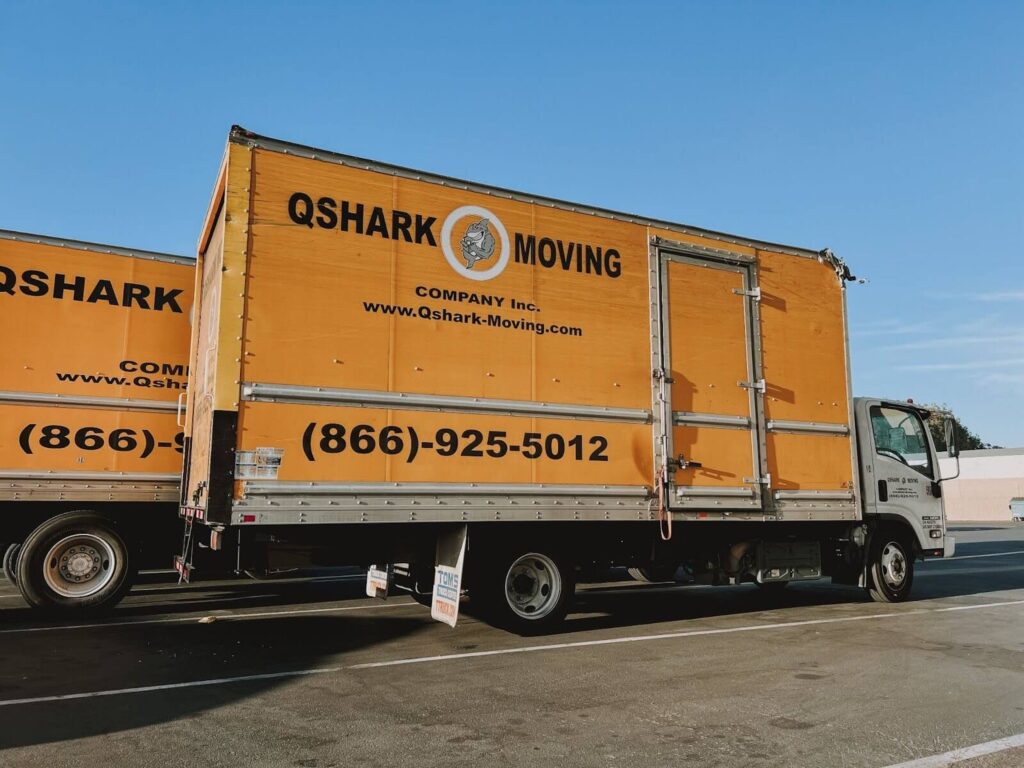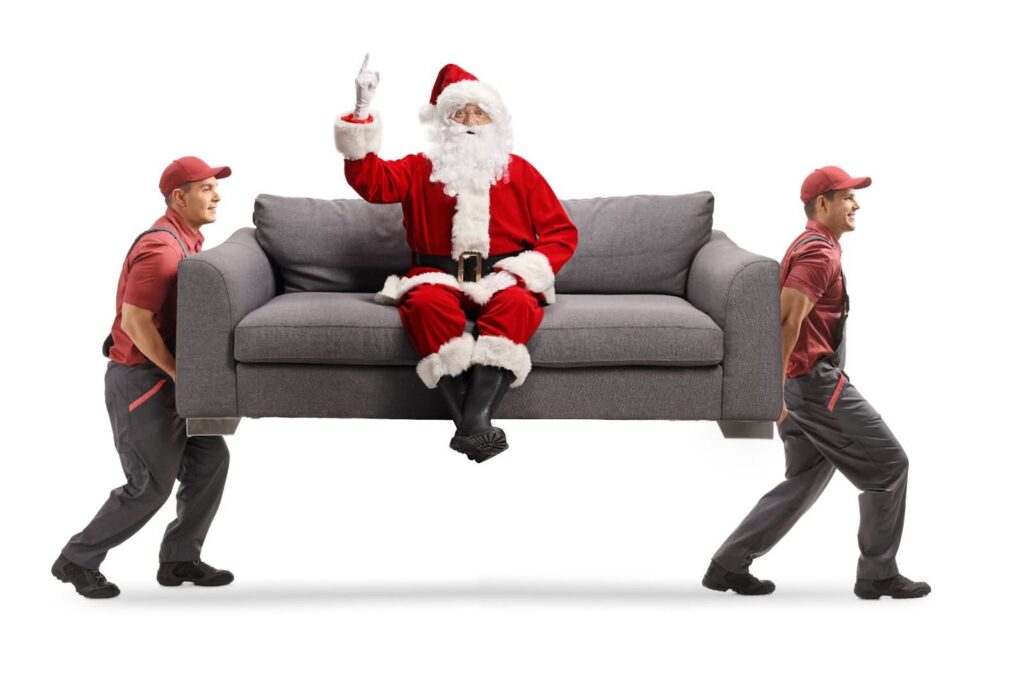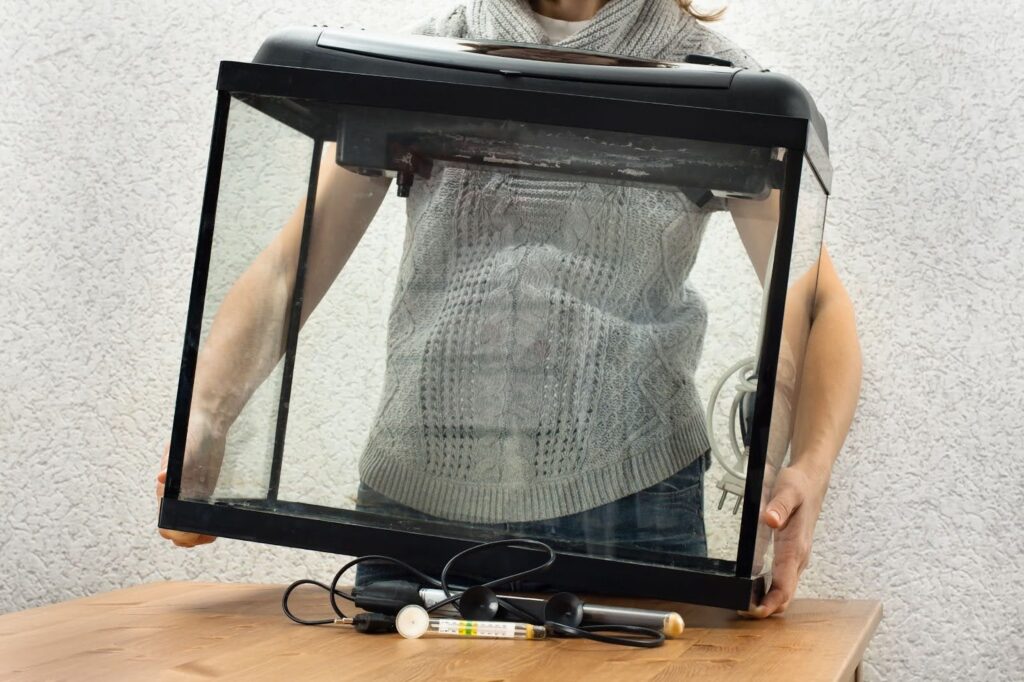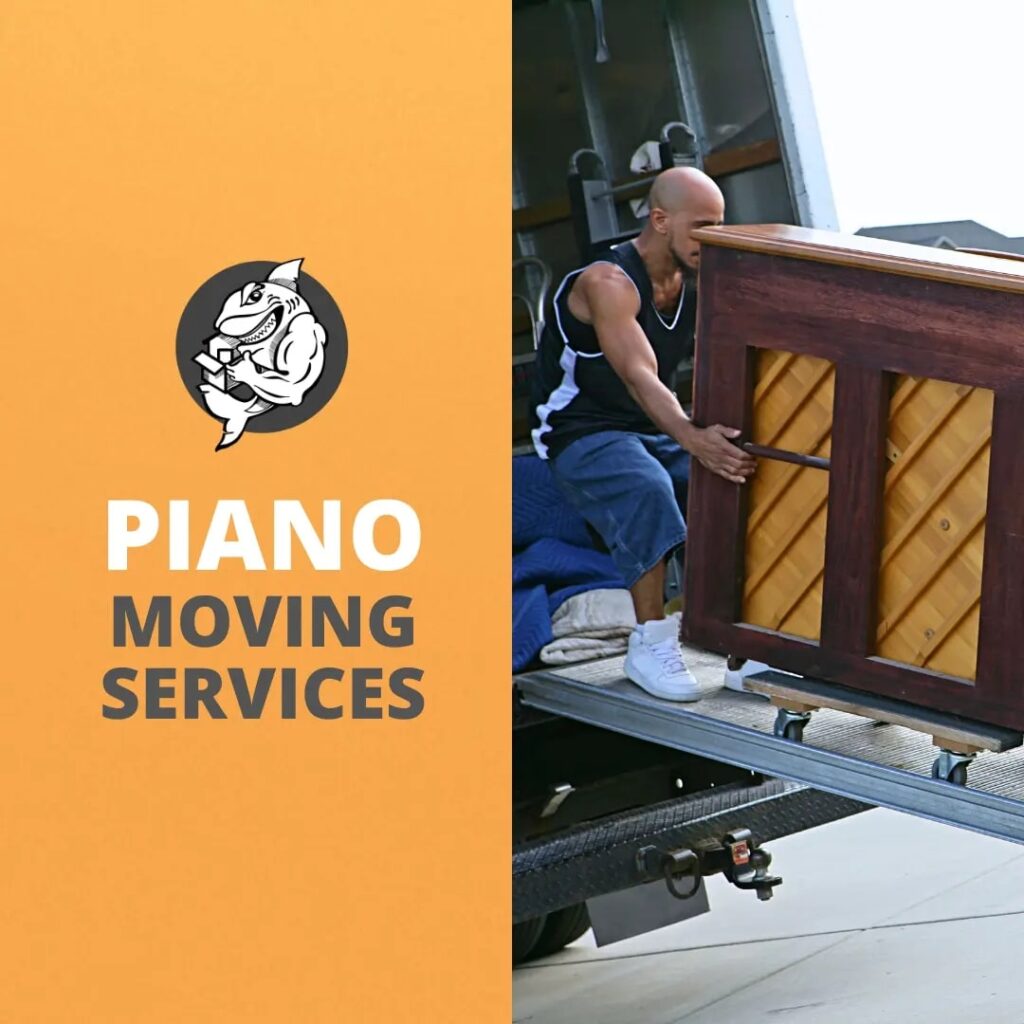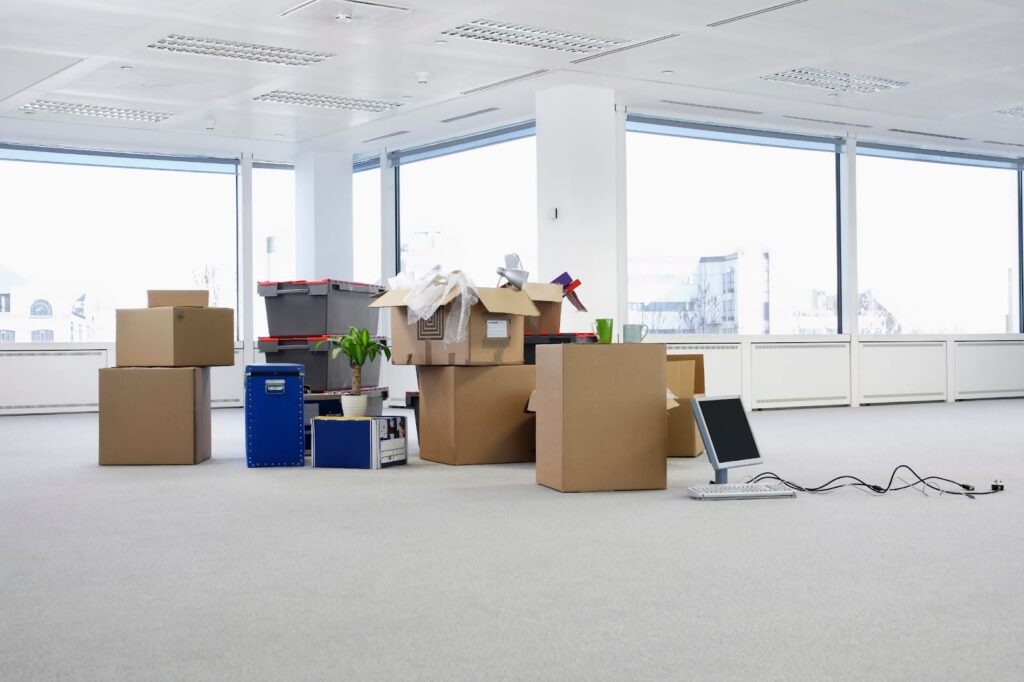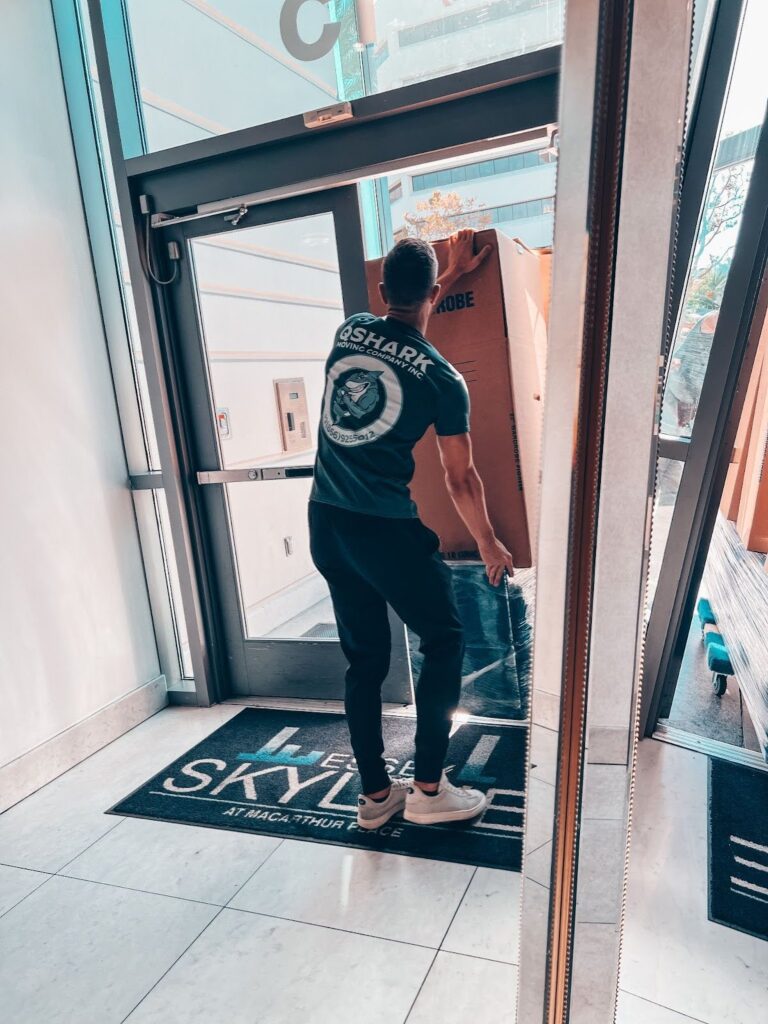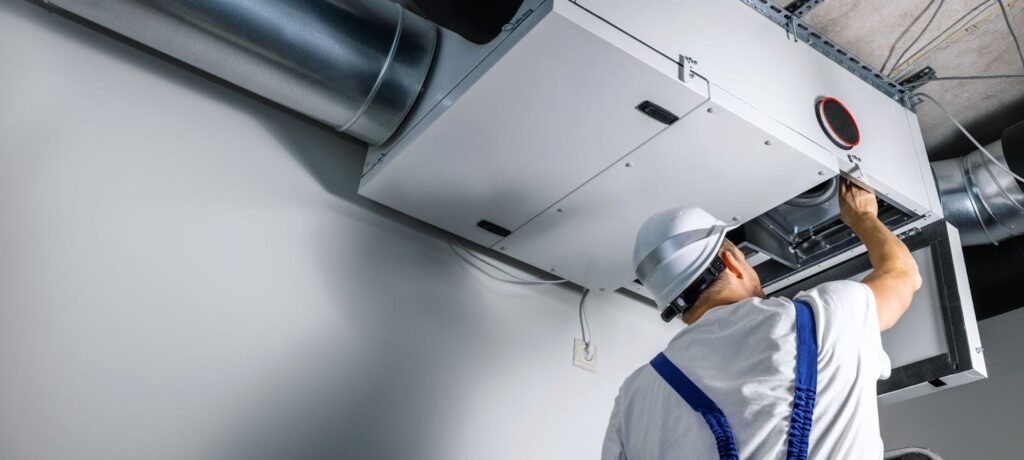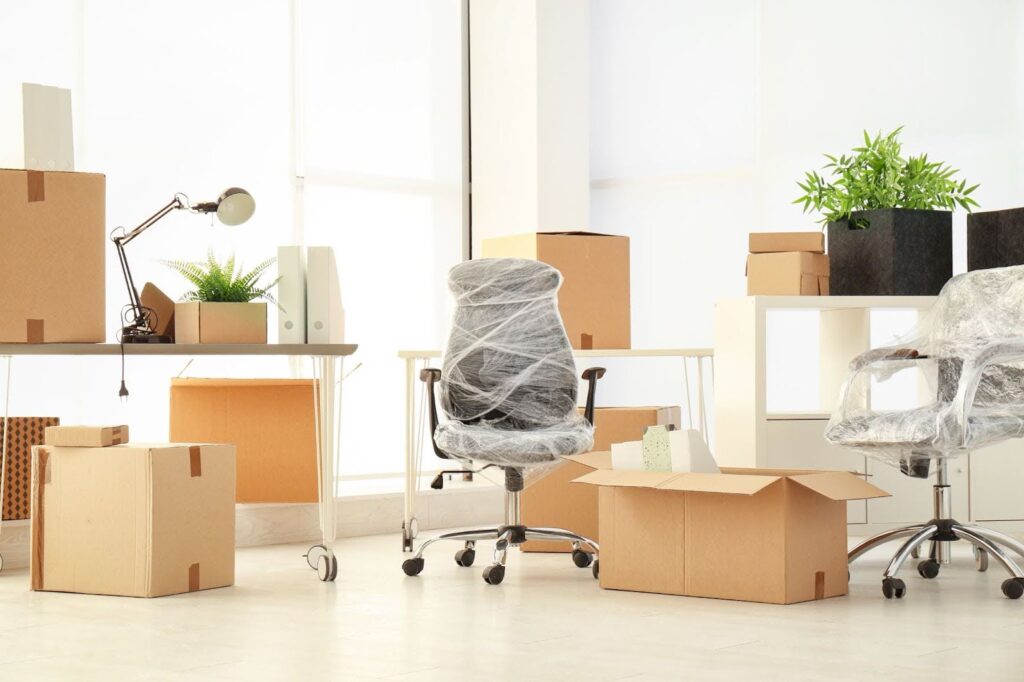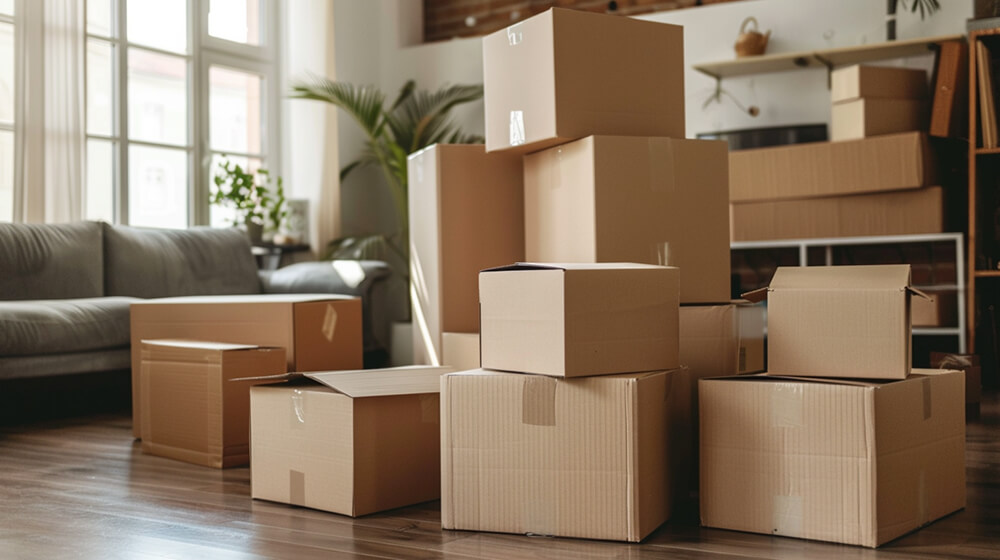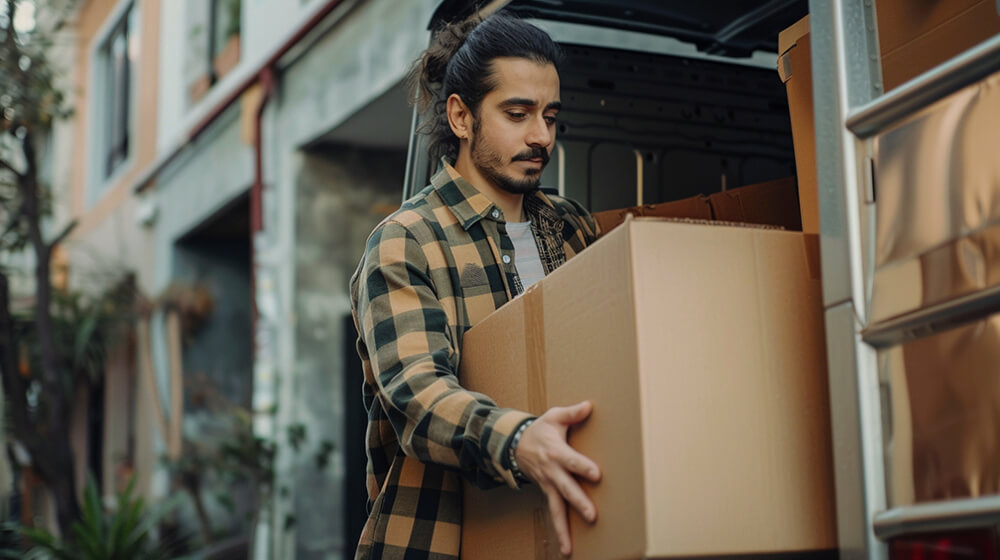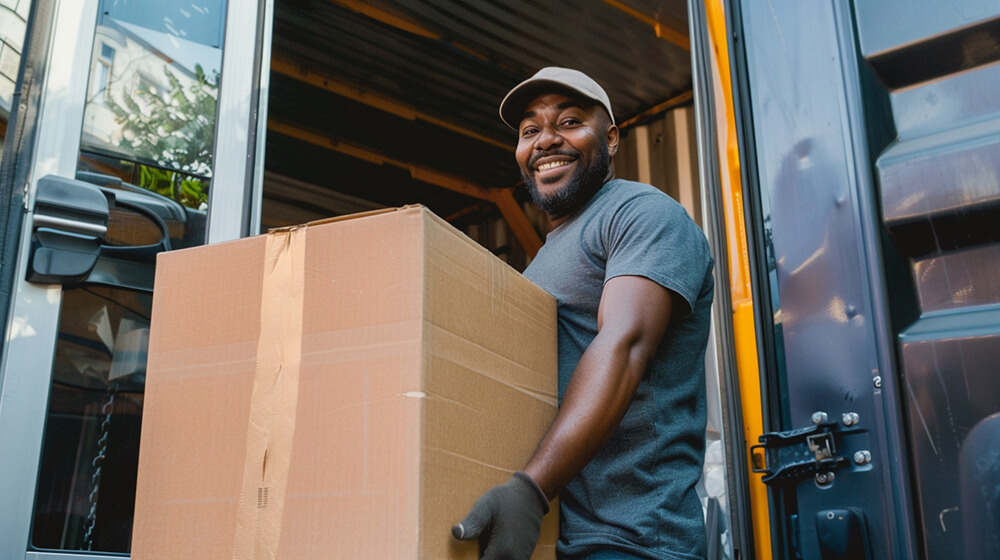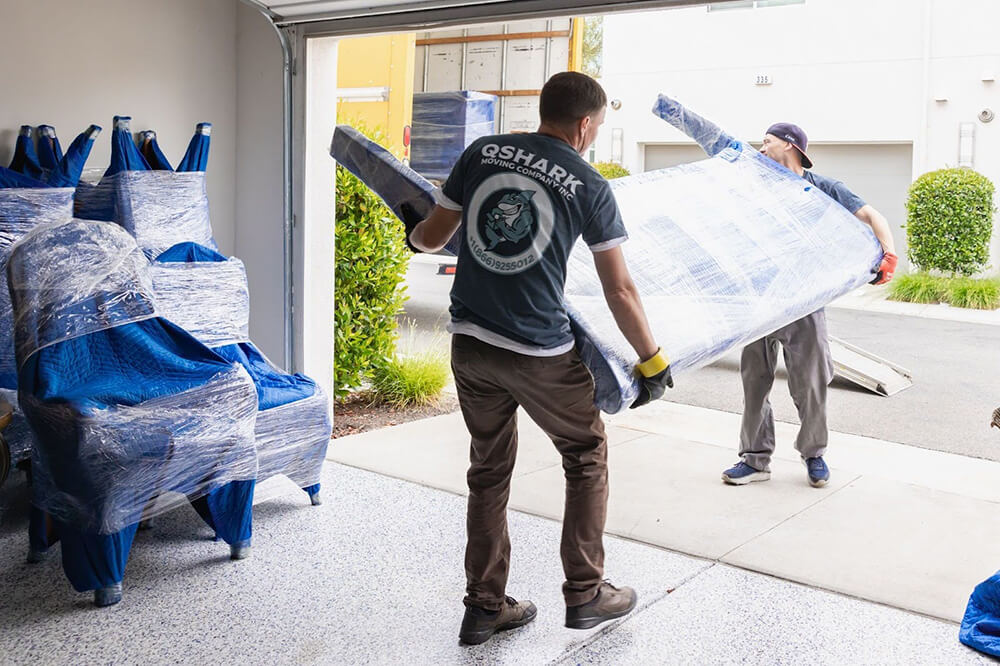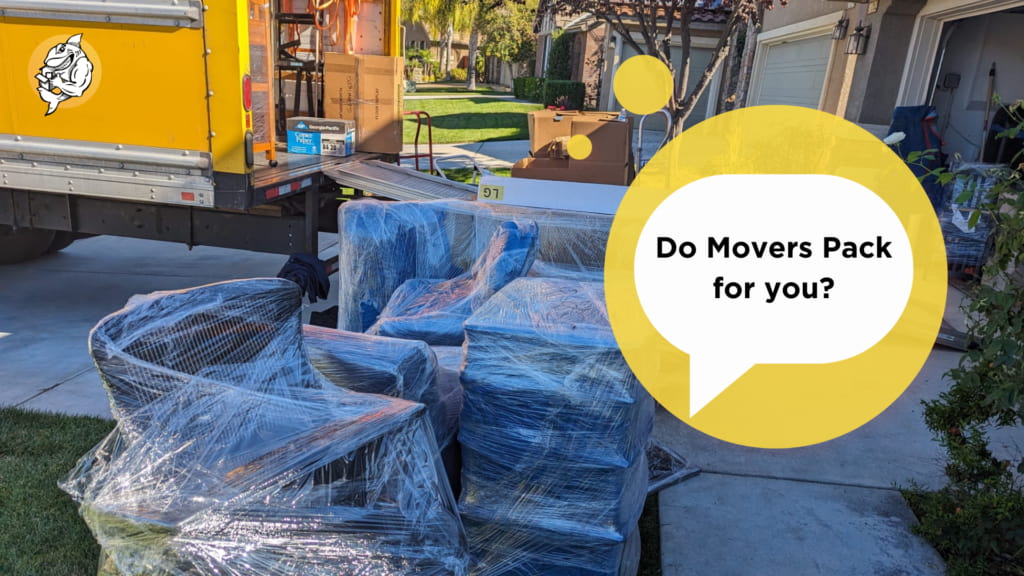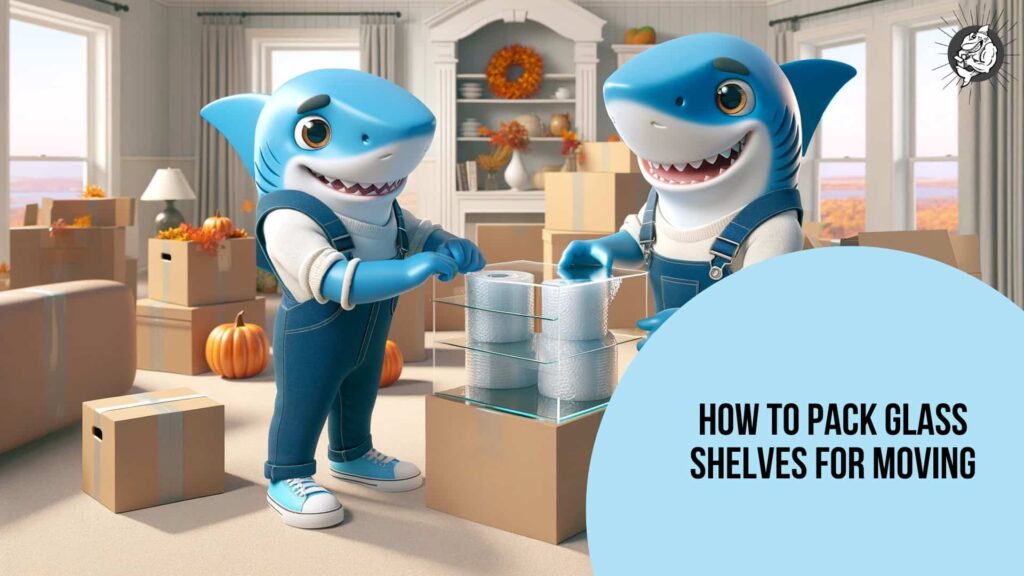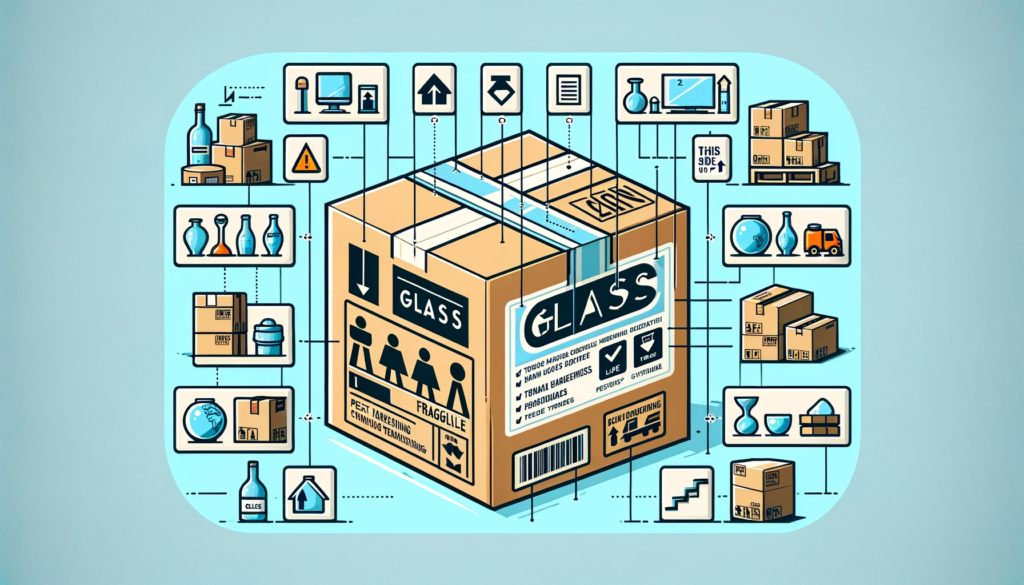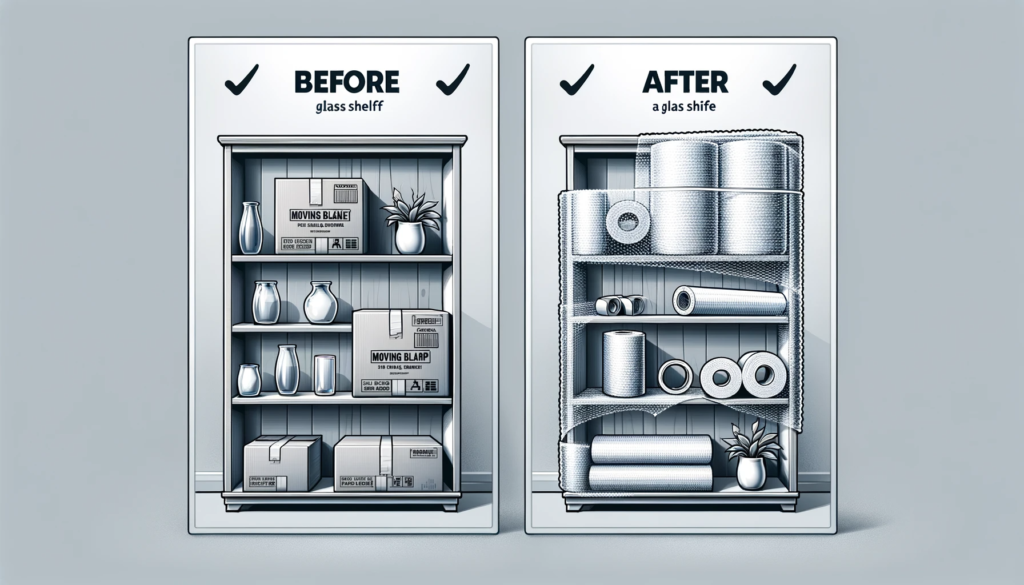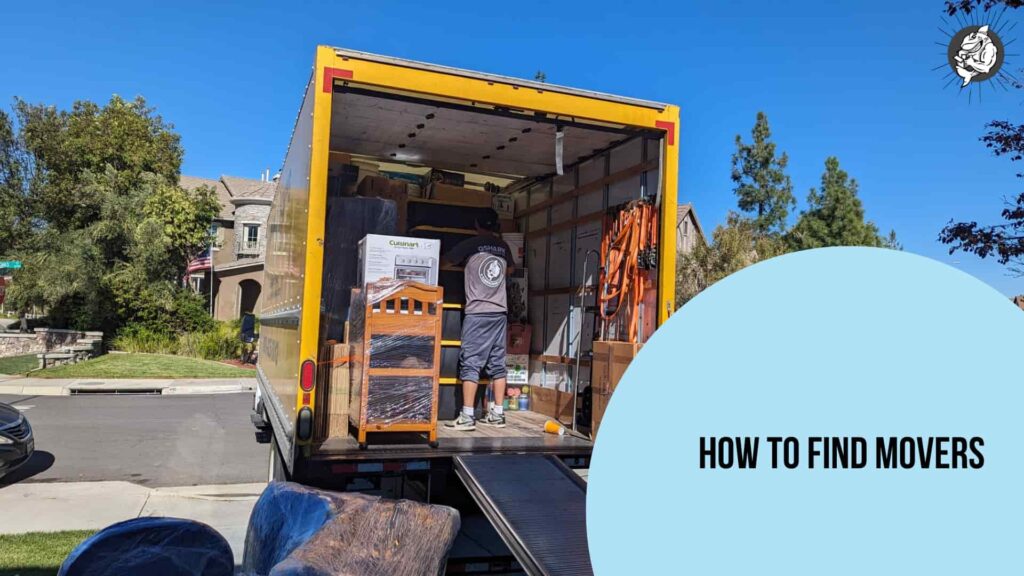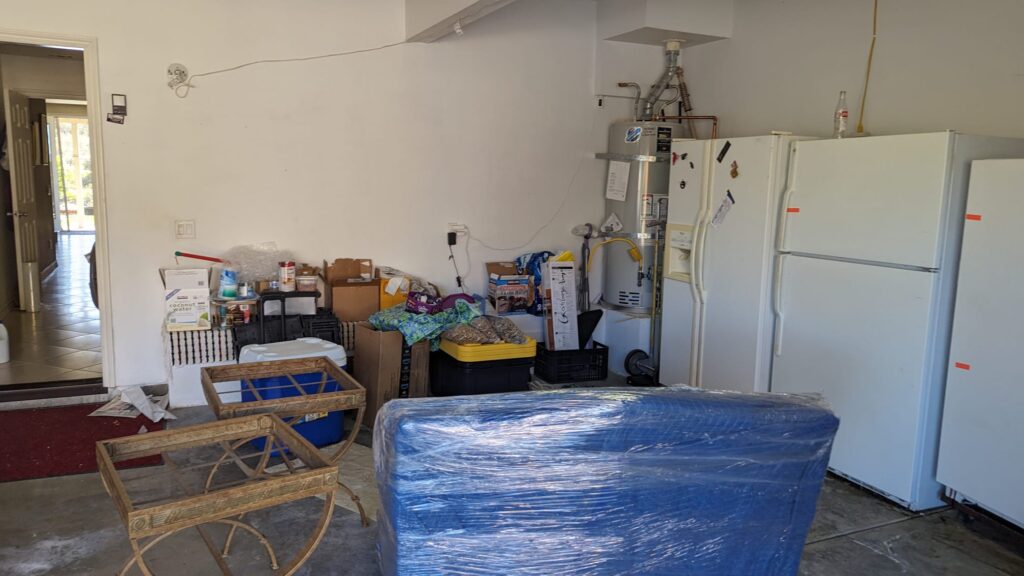Moving can be challenging, especially if you need to transport bulky and fragile items. Paintings, sculptures, and other kinds of artwork can be particularly difficult to handle as they are very prone to damage. They are also often one of a kind and hold a lot of sentimental value, so it may be really important to avoid destroying them accidentally.
So, how to pack large artwork for moving? What to prepare and what to pay attention to? We’ve prepared a comprehensive guide on packing artwork for moving so that you can do it as safely and efficiently as possible. Take a look!
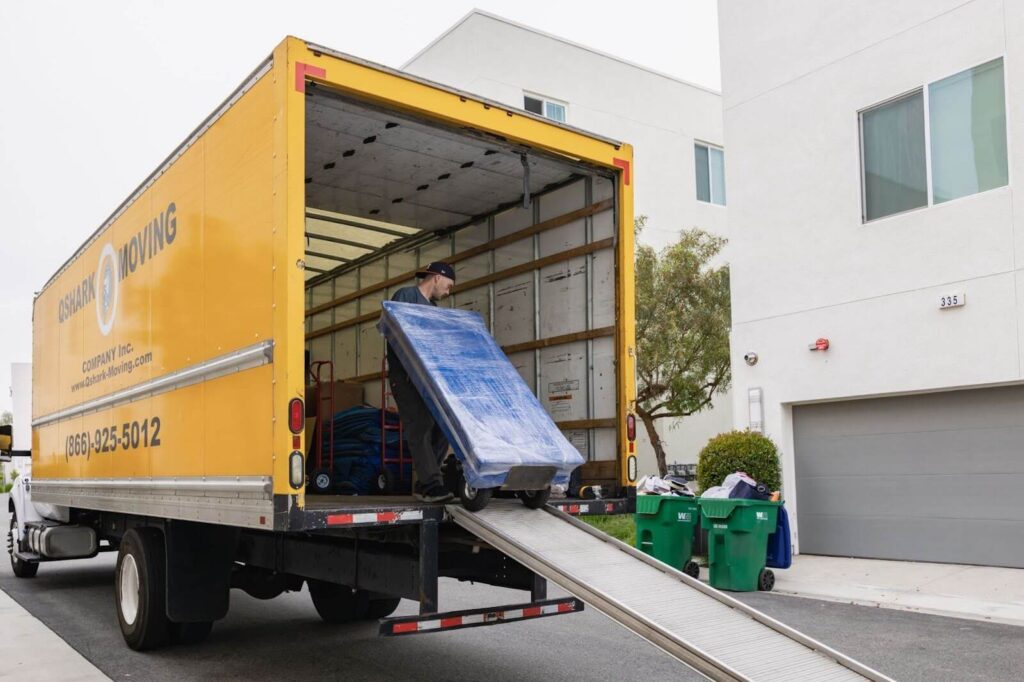
Key Points 💡
- Moving artwork can be challenging due to its fragile and sentimental nature.
- You should use glassine paper for framed art or acid-free paper for canvases.
- It’s important to fill in any gaps in the packaging to prevent shifting.
- If possible, artwork should be disassembled before packing.
- It’s worth adding extra padding to protect the most vulnerable elements.
- Marking boxes as “FRAGILE” and indicating orientation with “THIS SIDE UP” will reduce the risk of handling your artwork improperly.
- To avoid all the mess and effort associated with packing and transporting artwork, you can get professional help from Qshark Moving Company.
Necessary Tools and Supplies ⚒️
The first stage of packing paintings, sculptures, and other pieces of artwork is gathering all the tools and supplies needed for the process.
How to Pack Artwork for Moving? Step-by-Step Guide 🖼️
To pack your artwork to move properly, follow the steps listed below. You can also avoid all that hassle if you decide to call professional local or long-distance movers.
Step 1: Prepare Your Workspace
- Choose a flat space for packing, and make sure it’s dry and clean.
- Gather all the materials in one place close to you so that you can reach them quickly and easily.
Step 2: Protect the Artwork Surface
- How to pack framed artwork for moving? Cover the glass with glassine paper to prevent scratches.
- How to pack canvas art for moving? Wrap the surface in acid-free paper to avoid smudges or discoloration.
Step 3: Pack the Artwork
- Add More Protection: Use bubble wrap to cushion all sides and add corner protectors for frames.
- Choose the Right Box: Select a size that is slightly larger than the artwork. Line the bottom with crumpled packing paper for cushioning.
- Place the Artwork in the Box: Carefully and slowly insert the artwork in the box, making sure it fits snugly.
- Fill in the Empty Spaces: To avoid damage in transit, fill in the empty spaces with packing paper or foam.
Step 4: Label the Artwork
- Write “FRAGILE” and inform the carriers whether the package involves glass.
- Write “THIS SIDE UP” to indicate how the artwork should be handled to reduce damage risk.
- Write the artwork’s name. Labeling the artwork (just like labeling any other moving box) will help you identify your belongings and unpack them smoothly in your new location.
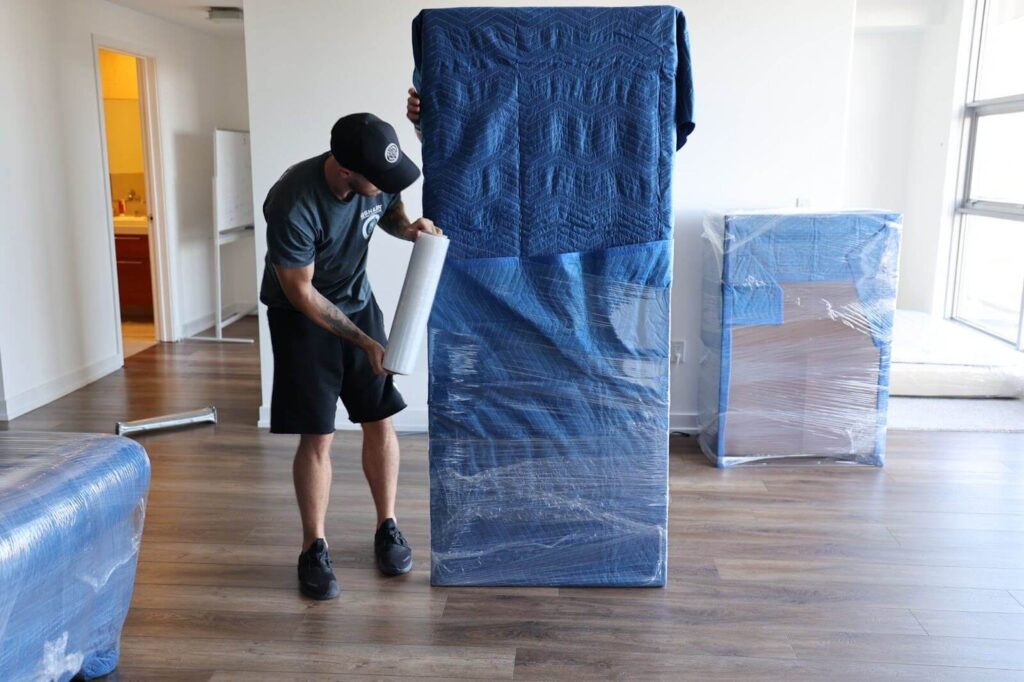

Additional Tips for Moving Large or Irregular Artwork ✔️
Moving large or irregularly shaped artwork can be particularly challenging. These pieces often don’t fit into standard boxes, require special handling, and are more prone to damage. Here’s how to ensure they stay safe during your move:
1. Consider Custom Crating
- What is it? It is a wooden crate made on demand and adjusted to the exact dimensions of your artwork.
- Why use it? Because it provides great protection against impacts, pressure, and environmental factors.
- When to use it? It is ideal for oversized, valuable, or uniquely shaped fragile items like sculptures, large paintings, or art installations.
2. Disassemble When Possible
- Remove Frames and Glass: If the artwork allows, consider taking apart the frame and glass to pack them separately. This reduces the risk of breakage and makes handling easier.
- Disassemble Modular Sculptures: For sculptures that can be disassembled, take them apart and wrap each piece individually.
- Keep Hardware Together: Store screws, hooks, or other hardware in a labeled bag taped securely to the artwork’s wrapping.
3. Use Moving Blankets for Oversized Art
- Wrap for Protection: Moving blankets provide excellent cushioning and can protect large canvases or framed pieces from scratches, dents, and other damage.
- Secure with Straps: After wrapping the artwork in a moving blanket, use straps to keep the blanket in place and prevent movement during transport.
4. Protect Vulnerable Parts
- Support Weak Points: Use extra padding or foam to protect protruding or fragile sections of sculptures or mixed-media pieces.
- Bubble Wrap and Foam Layers: Wrap these vulnerable parts in multiple layers of bubble wrap or foam and make sure no pressure is placed on them during transit.
5. Plan the Route and Placement
- Measure Doorways and Hallways: Make sure the artwork can easily fit through doors, hallways, and staircases at both the old and new locations.
- Plan in Advance: Decide where the artwork will be placed in the moving truck to avoid stacking other items on top or placing it in a high-traffic area.
5. Hire Expert Movers
- Expertise in Handling: Professional movers have the experience and equipment needed to safely transport heavy items, including large or irregular artwork.
- Specialized Packing Materials: They can provide custom solutions, including crating and packing techniques specifically designed for art.
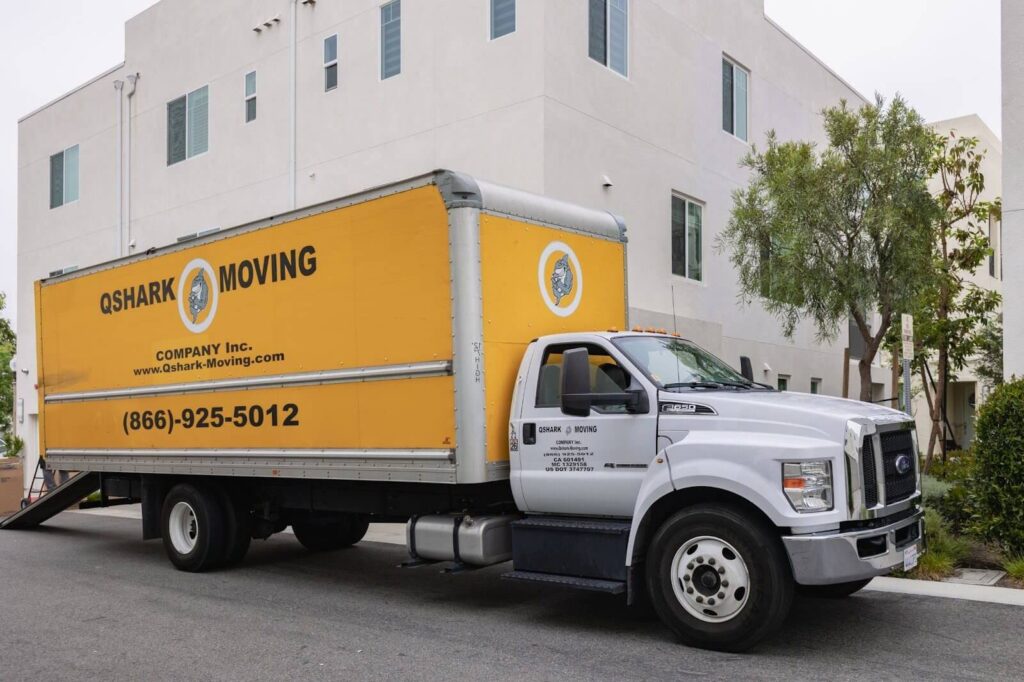

Get Professional Help with Packing and Moving Your Artwork 🚛
As you can see, packing artwork for moving requires considerable effort, time, and extreme carefulness. You can do it successfully if you follow our advice, but the easiest way is to ask our experts for help.
We offer both residential and commercial moving services, always paying attention to every single detail to transport your belongings safely and conveniently. We provide all the necessary packing tools and supplies, adjusted to the fragile nature of your artwork, to make sure it arrives at your destination without any damage.
Check out our offer and contact us to get a free quote for a moving service tailored to your needs!


